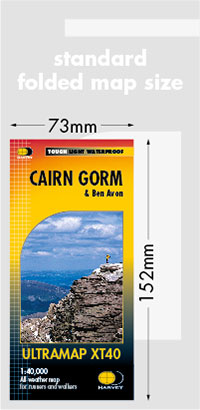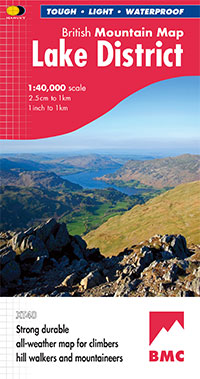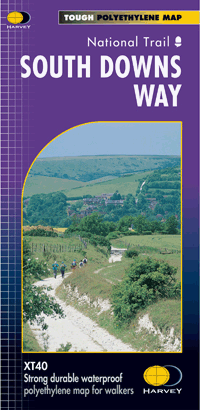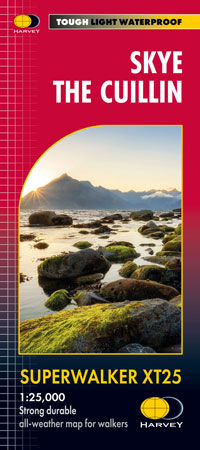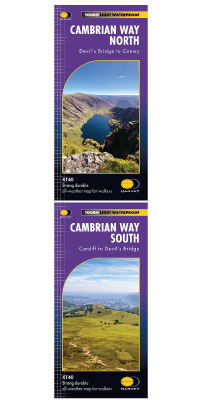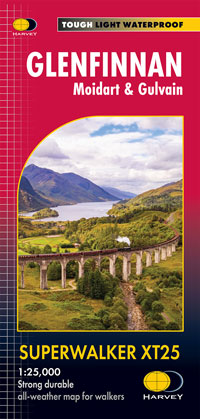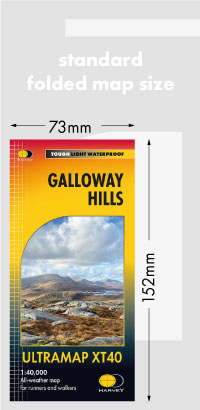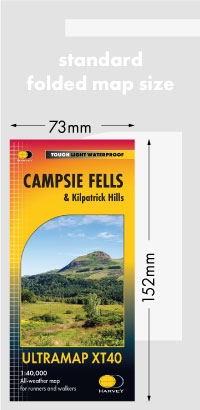July 2020 - Navigation Research
by Nigel Williams
The more I research navigation the more I realise how much there is out there to discover. Lockdown has provided a great opportunity to read and research the subject. The 2020 book "Wayfinding" by Michael Bond provided a wonderful synopsis of where research is heading today some of it linked to Alzheimer's research where sufferers so often ask the question "Where am I?". There are literally hundreds of research papers over many decades. Each one developing ideas from previous insights. Geographers, Cartographers, Psychologists to Neurologists all have papers on the subject. Virtually all mention that navigation involves a wide range of complex skills and that confidence plays a role in our ability. A wise old navigator once said "navigation is 25% map reading, 25% compass work and 50% confidence in the other two". It is much more nuanced than that but it conveys the importance of confidence because it is entwined with decision making, that also opens up a world of heuristic biases.
The researchers often come at it from very different viewpoints, from how many symbols can the brain interpret and manage at one time to what are the key cognitive strategies used to navigate, to which areas of the brain influence navigation and decision making and the thorny issue of whether men or women are better navigators.
I'm pleased to say that from what I have observed over the years and read recently there is no definitive answer to that one. However, there may be some evidence that if there is a difference it may be more linked to early years spatial awareness development opportunities, exposure to the outdoor environment and adventure, and maps at a young age. Social factors may play a part in all that.
So much of navigation is about the cognitive strategies we use, map setting, map memory and map to ground/ground to map interpretation and self-location are key. The first requiring the spatial ability to rotate a map in our head. (Conflicting information on a map between symbols and writing can challenge this, is it easier to navigate with heads up on written words or symbols?). The latter requiring the comprehension of a bird's eye view, and experience of the environment one is travelling in and the observation of what we might expect to see on the map or ground.
Cartographic symbology plays a part and what draws many people to enjoy using Harvey maps. Navigation is also fundamentally decision making and confidence, these are traits that can be developed, nurtured and taught. It all seems to me that there is a significant disconnect between this and how many of us have supposedly been taught to navigate - being able to produce a grid reference. Navigation requires practical outdoor experience to develop the appropriate cognitive strategies and environmental observation skills.
Return to the Navigation Blog
 FREE UK tracked delivery
FREE UK tracked delivery Order by 12pm Mon-Fri for same day dispatch
Order by 12pm Mon-Fri for same day dispatch

